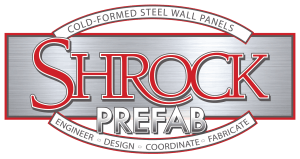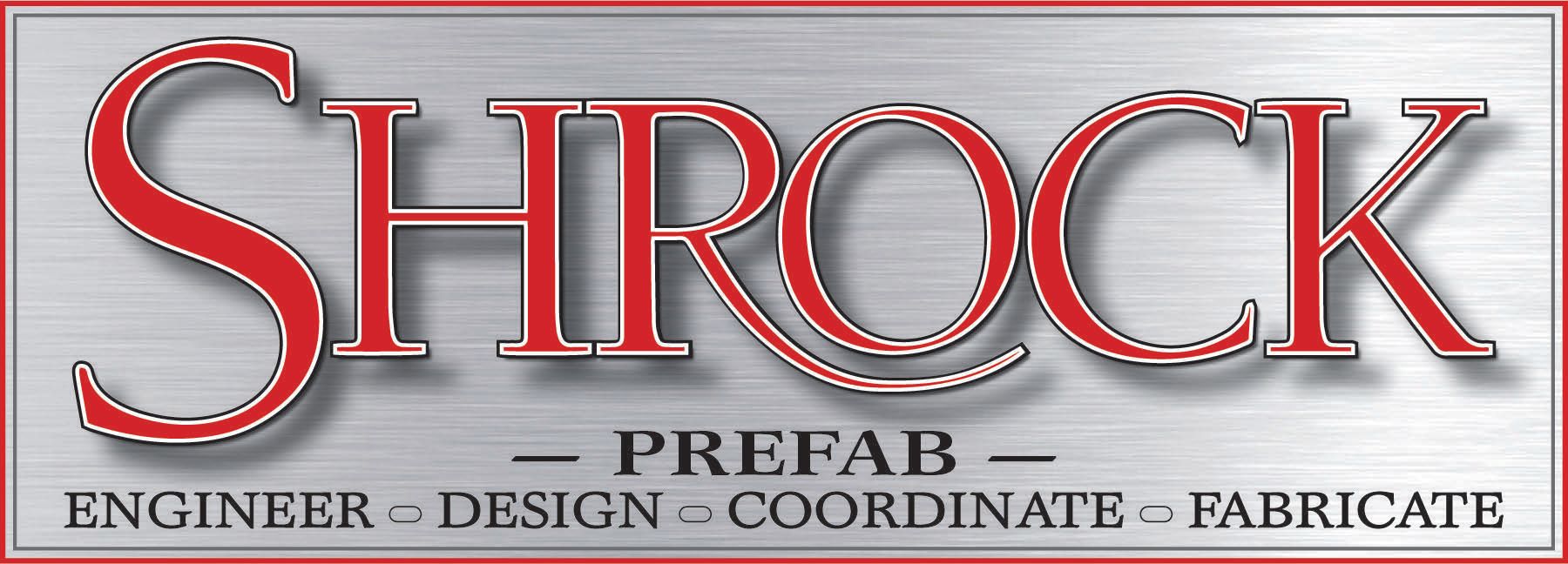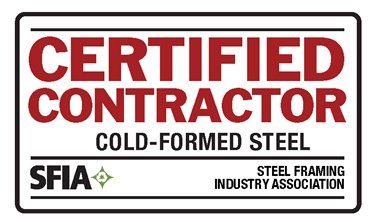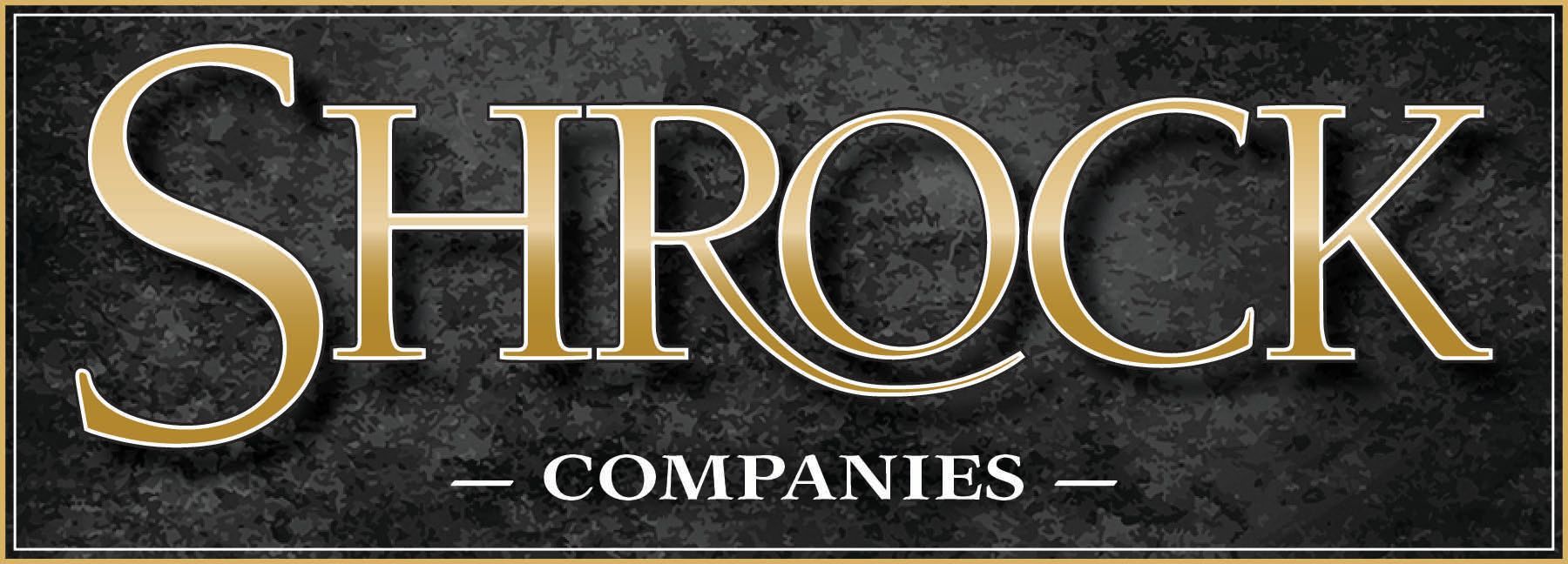What is the Bill of Materials (BOM) and How to Use It
When it comes to ensuring efficient, error-free results in manufacturing or construction, a bill of materials (BOM) can make a huge difference. By understanding what the bill of materials is and how to use it properly, you can significantly improve your own processes and achieve better outcomes for your clients.
The What and Why of the Bill of Materials
The bill of materials essentially provides a structured list that identifies all the parts and materials that will be needed for a product. In addition to listing part names and quantities, it may even include instructions for how to acquire and use the materials.
The bill of materials makes it easier for businesses to estimate their costs, control inventory, and plan purchases in a manner that reduces waste and improves production efficiency. Organizations that use a BOM are less likely to deal with material shortages or overages, production downtime, and other issues that could drive up costs or result in delays.
Key Details to Include in a BOM
The bill of materials includes several key pieces of information. The BOM level provides a framework for where each needed part or material fits within the hierarchy of the project as a whole. Individual parts are listed by number and their part name. A description and the quantity needed accompany each listing.
Other common details include the phase or lifecycle stage for parts, as well as the unit measure for how an order will be purchased (such as per piece or by weight). The BOM will also note how the part will be procured — typically either through purchasing it from a third party, or by manufacturing it internally or via subcontractors.
At Shrock Prefab, our team uses an internal BOM to reduce waste and ensure we have all the materials we need for your project. By improving the efficiency of our own internal processes, we can deliver the quality you need in a timely manner. To learn more about our services and processes,
contact us today.





